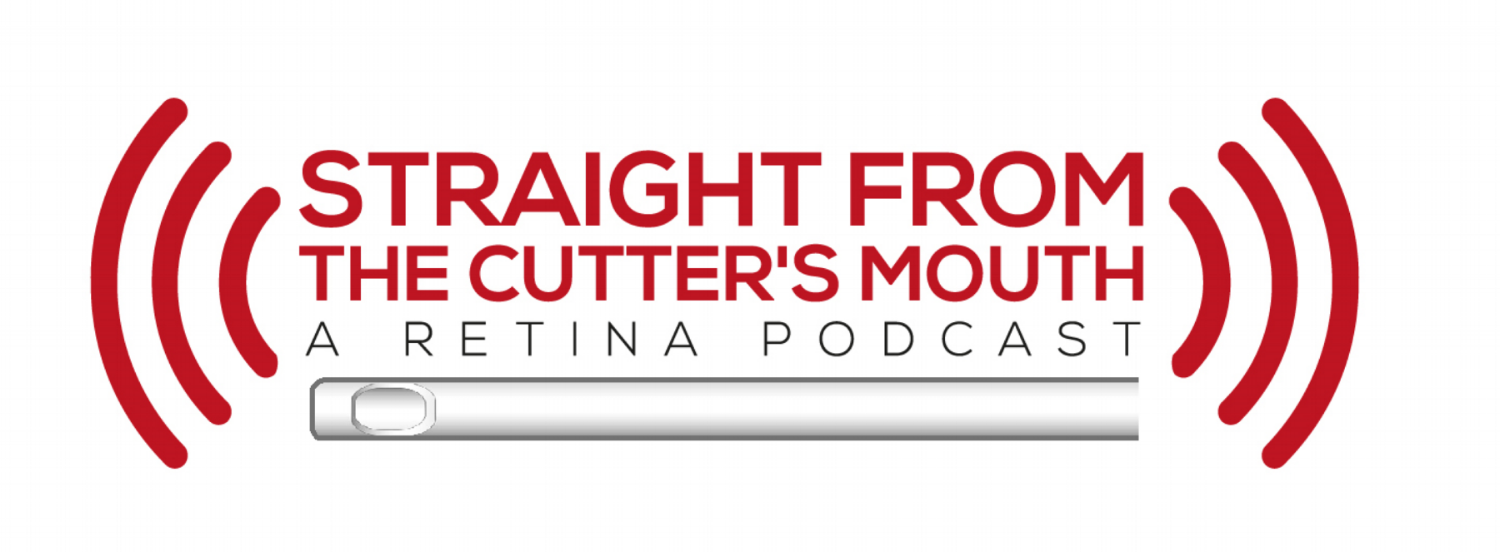Lessons from our Pupils: A Reflection [Podcast Episode 154]
During Episode 154 (LINK), Jay was joined by Drs. Ajay Kuriyan and David Ehmann to discuss phacovitrectomy. One of the tools utilized for assessment prior to this surgery is an A-scan which is also known as an amplitude scan ultrasound biometry. This technique was first used by Mudnt and Hughes in 1956 and is routinely used in ophthalmology today. It is used to measure the anterior chamber depth, axial length, and lens thickness by using ultrasound technology. In an A-scan, sound travels through the eye encountering different kinds of media. A probe that emits a single sound beam is placed on the tear film, which due to its properties can be used for transmission of the beam into the eye. It first travels through the solid cornea, the liquid aqueous, the solid lens, the liquid vitreous, the solid retina, choroid, sclera, and then orbital tissue. The location in which media of different densities meet is called the interface. It is at this junction that an echo is created when the sound beam strikes the interface and bounces back into the probe tip. The echoes that are returned to this probe are converted into a series of spikes that have a height proportional to the strength of the echo, as seen in the figure below.
Image Credit: https://www.cehjournal.org/article/caring-for-a-and-b-scans/
The difference in height of each spike is created by the difference between the two media at each interface. The larger the difference, the taller the spike will appear. A weak spike corresponds to a weak echo due to a lack of difference between two media at the interface. If the two media the sound beam is passing through have identical densities, then no spike will be recorded during the A-scan. The figure shown below represents a normal eye, but if for example, a cataract was present then the central lens area would display spikes of different heights as the sound beam travels though differing densities within the lens nucleus.
Image Credit: https://eyewiki.aao.org/Ophthalmologic_Ultrasound#A-Scan
Lastly, it is important to know that there are several factors that can influence the height of the spikes recorded. The angle at which the sound beam hits the interface will determine how strongly the echo is received. The probe should be held in such a way that the sound beam strikes the structures of the eye at a perpendicular angle. If the transducer is held such that the angle of incidence is higher, some echoes will not return to the transducer, therefore no spike will be recorded. The smoothness and the regularity of the interface the sound is traveling through will also affect the echo. Irregularities can cause reflection and refraction of sound beams, and an increase in density will absorb more energy and cause the signal’s amplitude to decrease in height.
-Amy Kloosterboer


